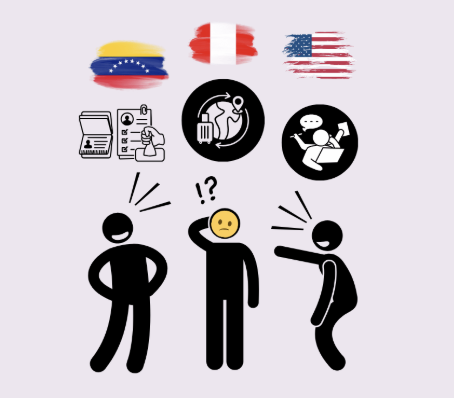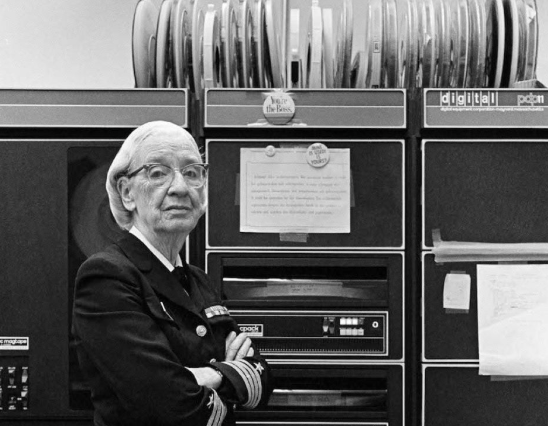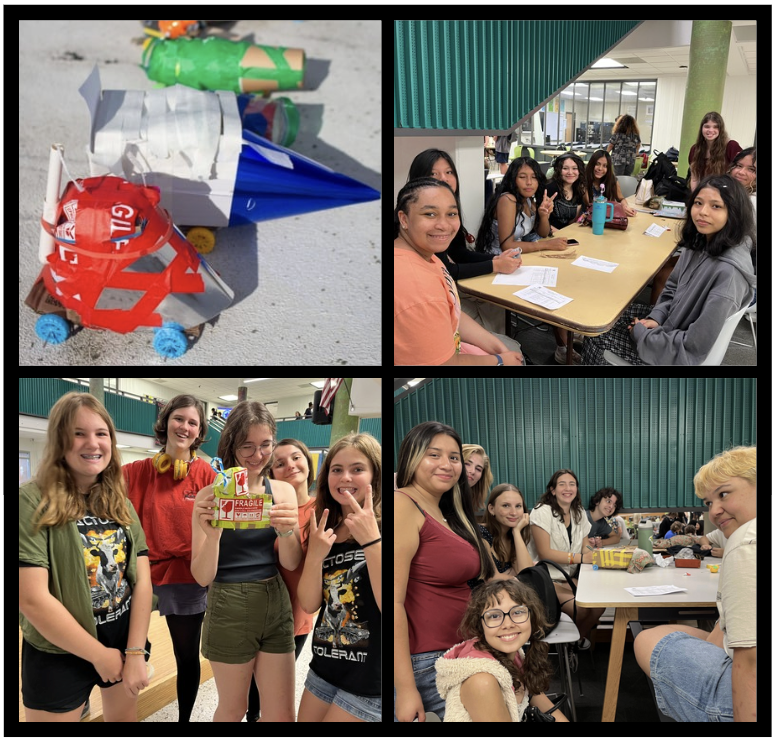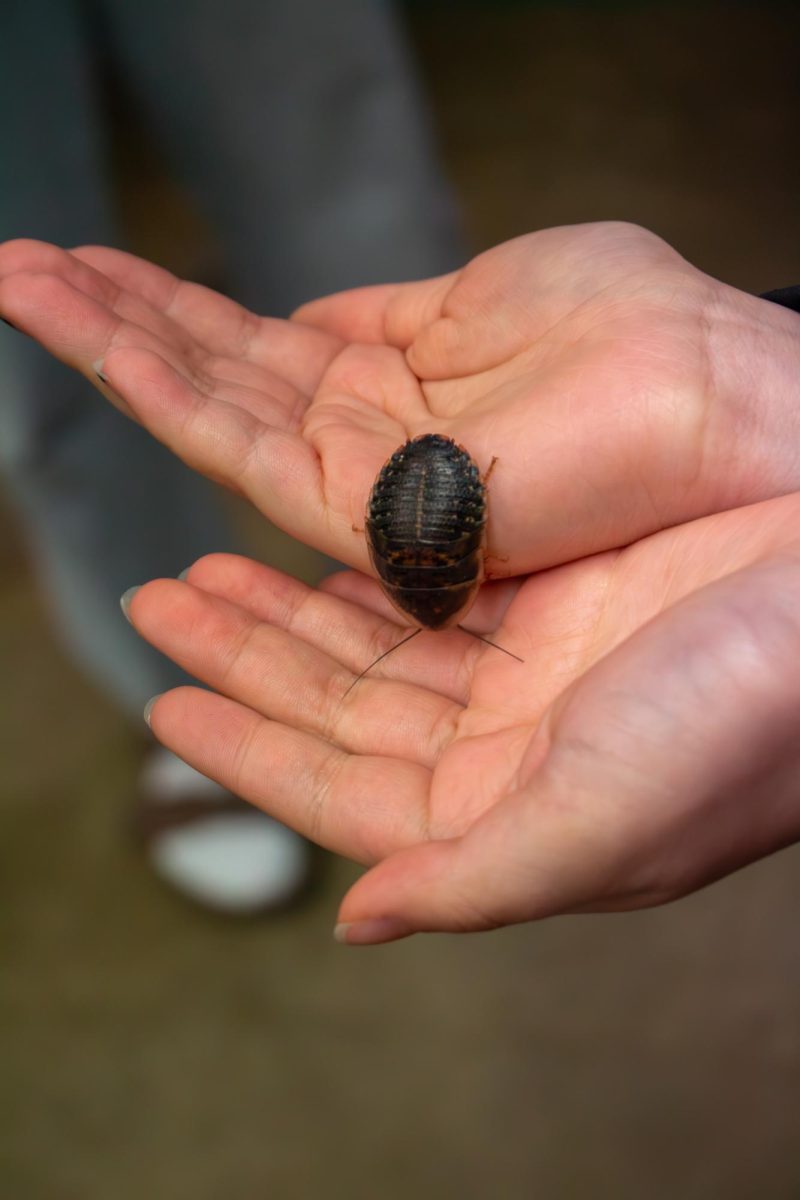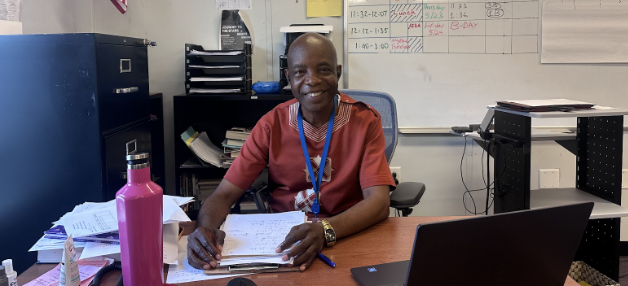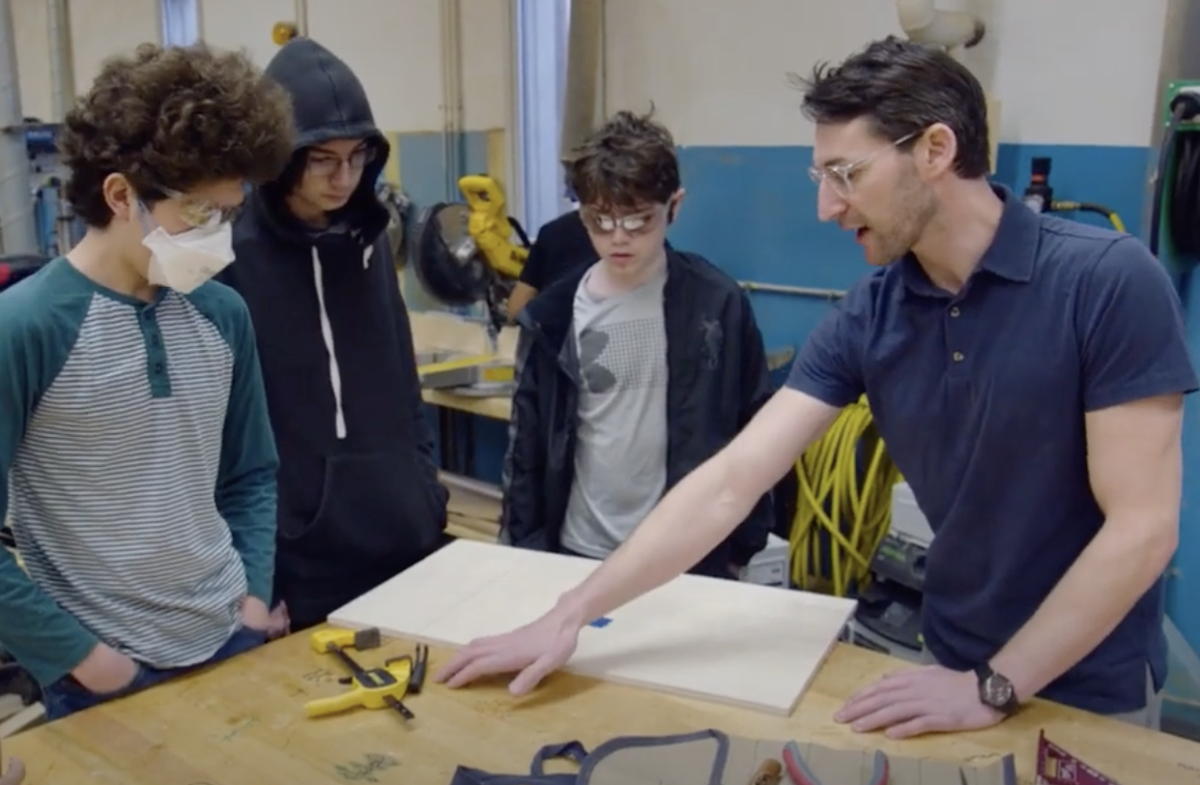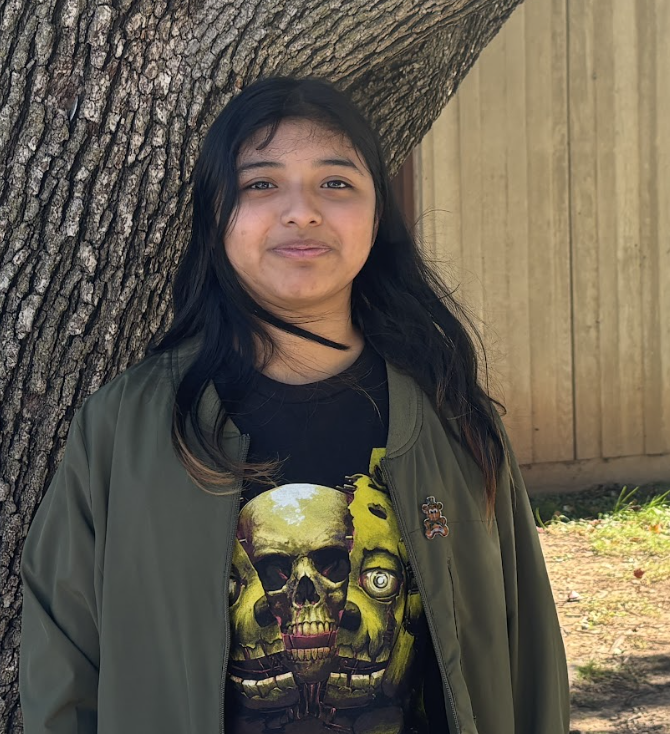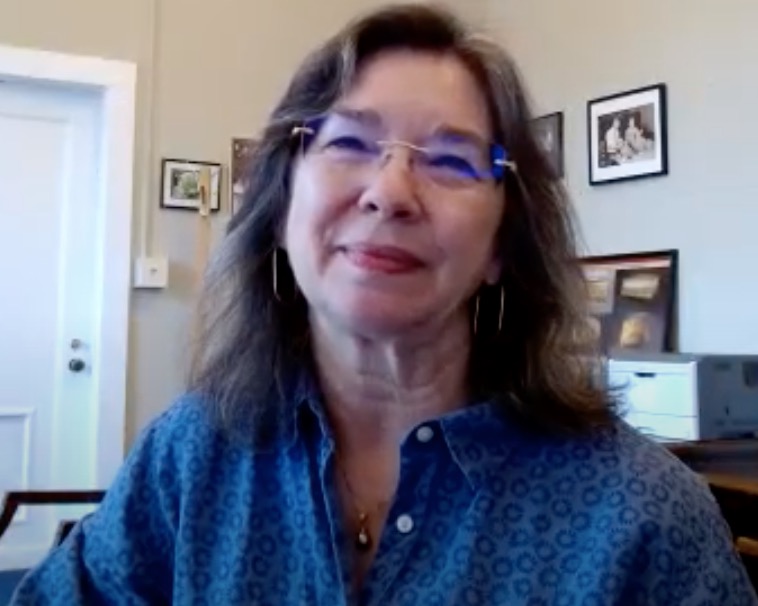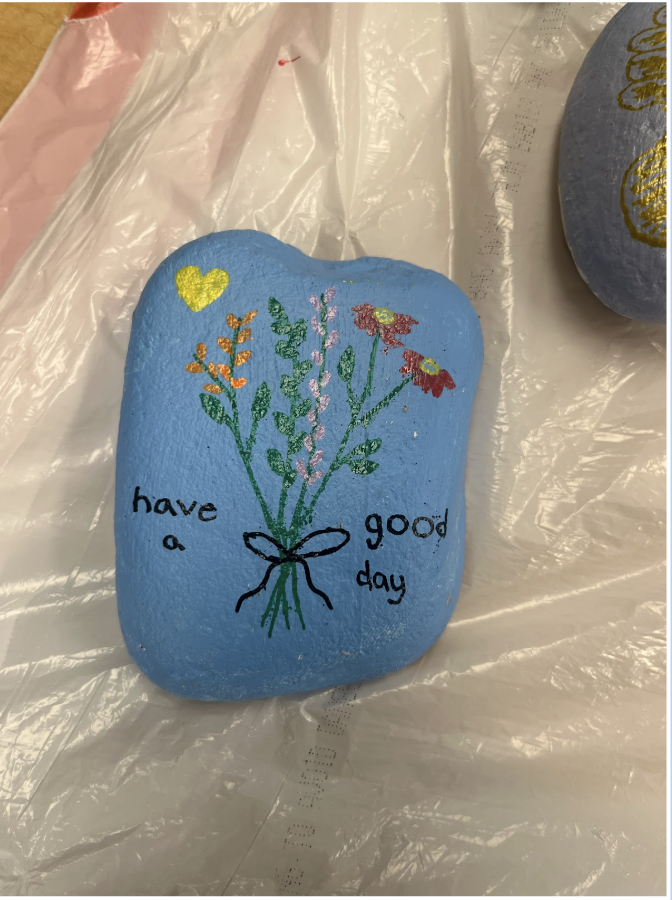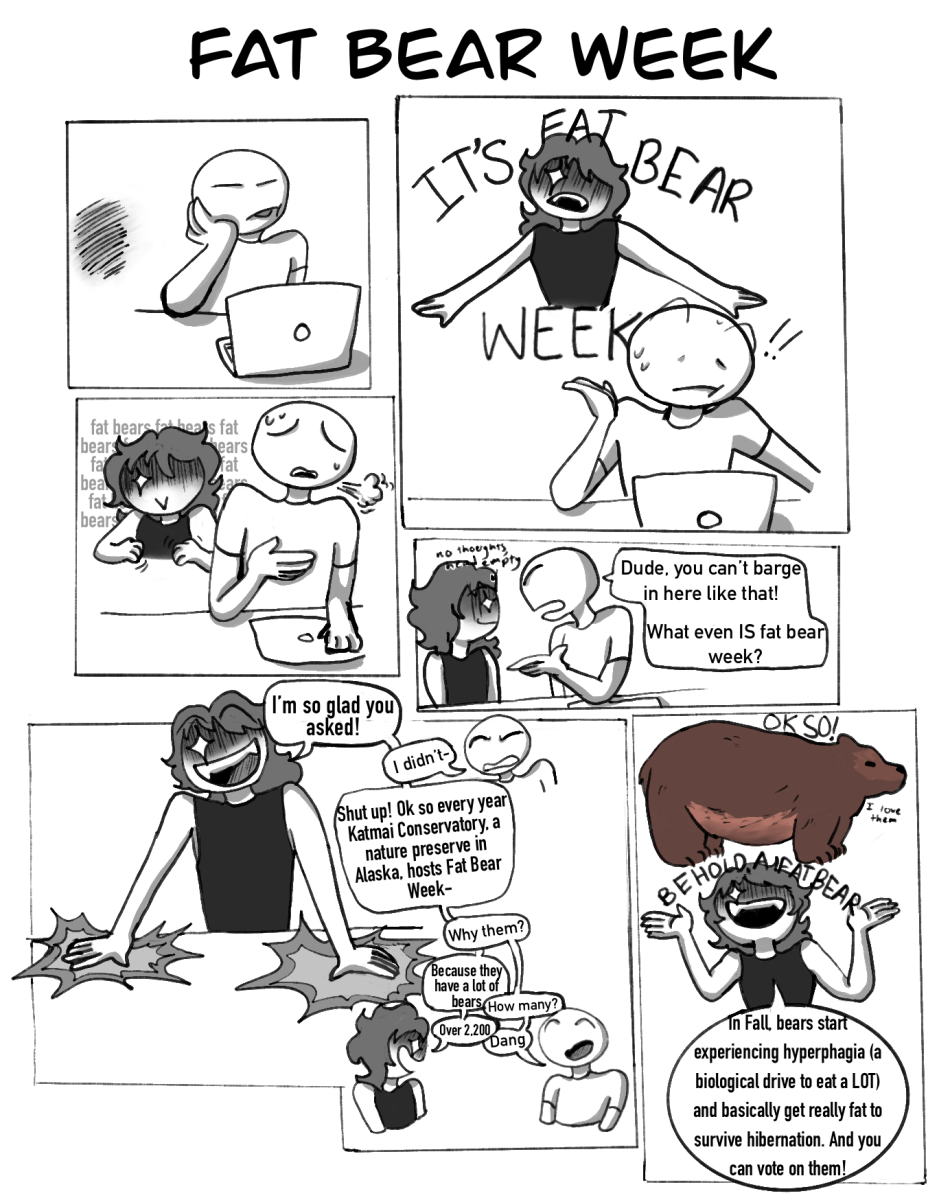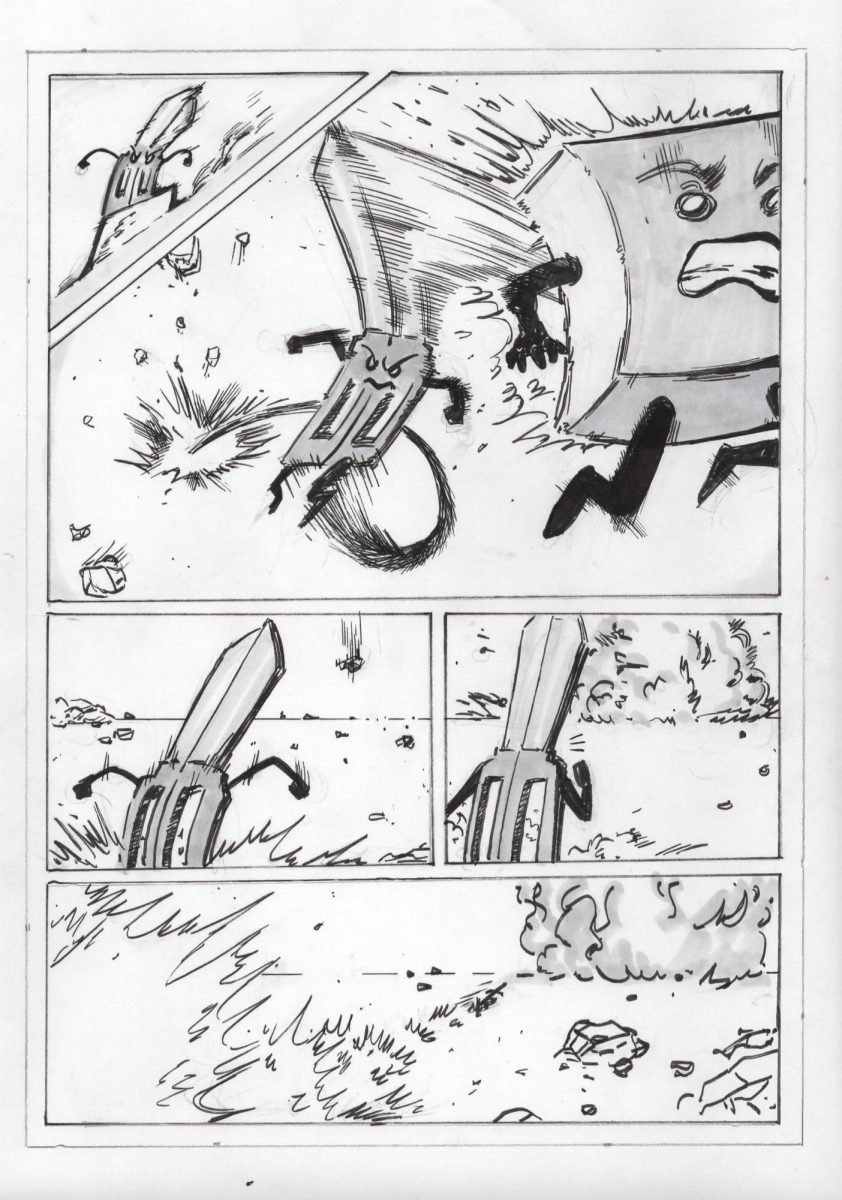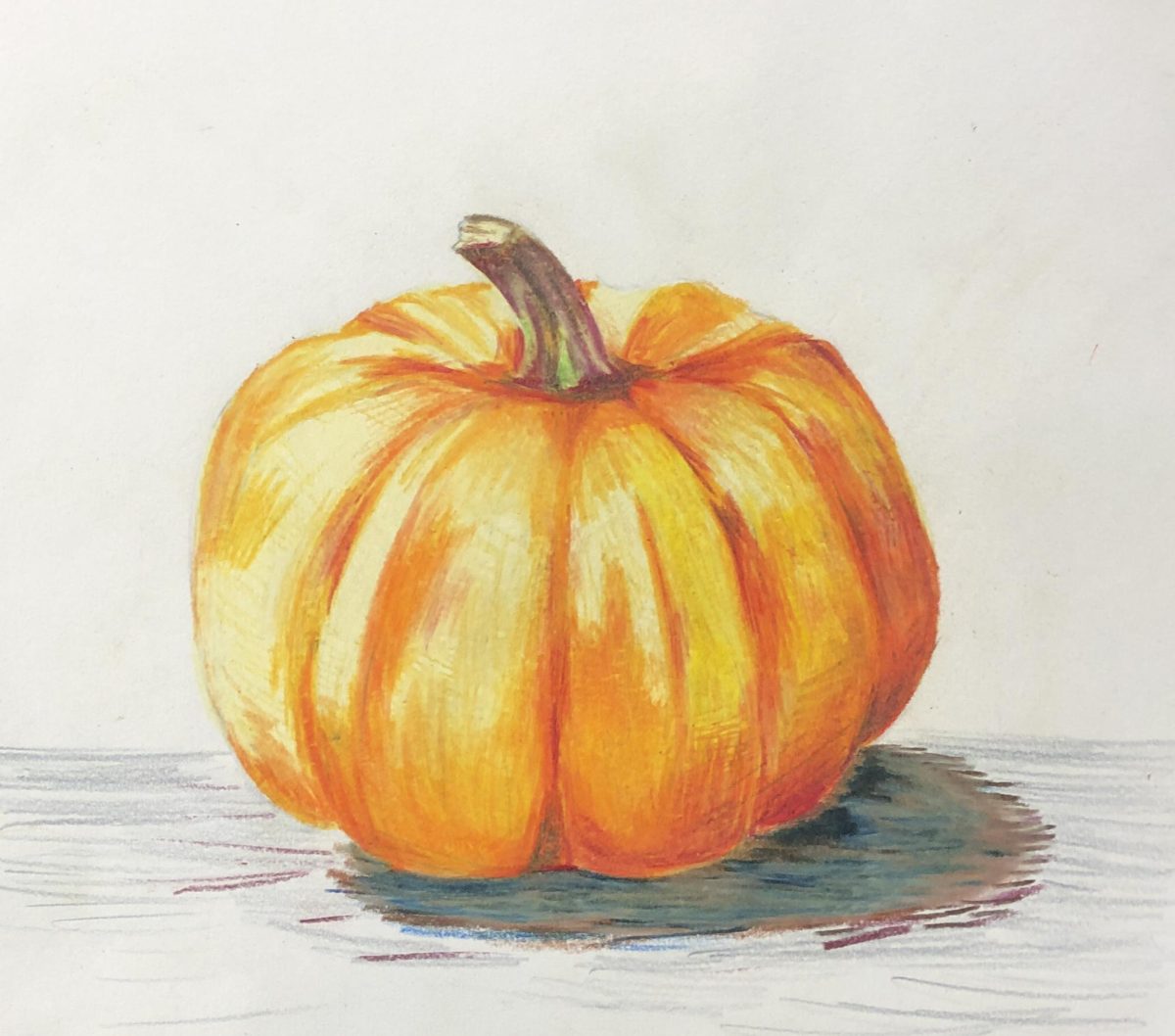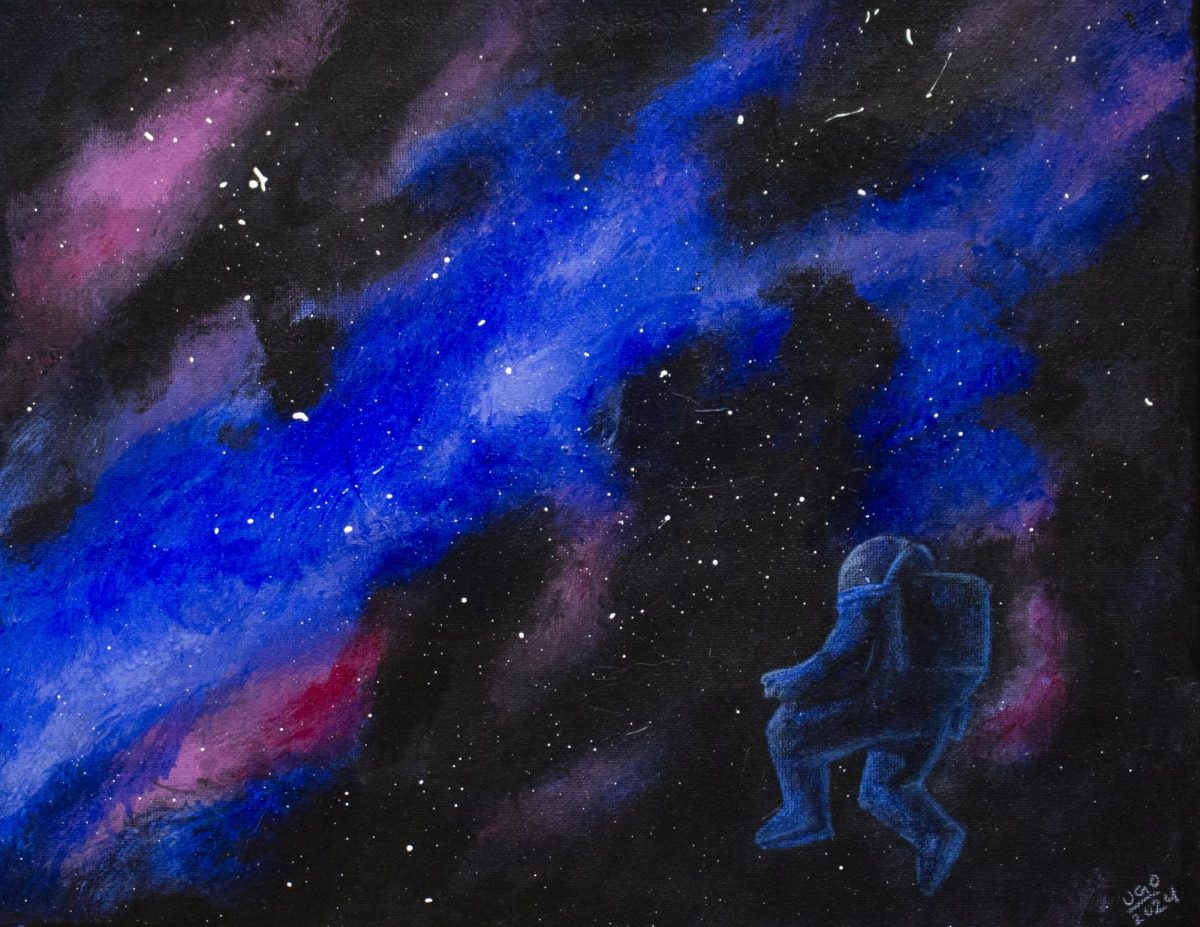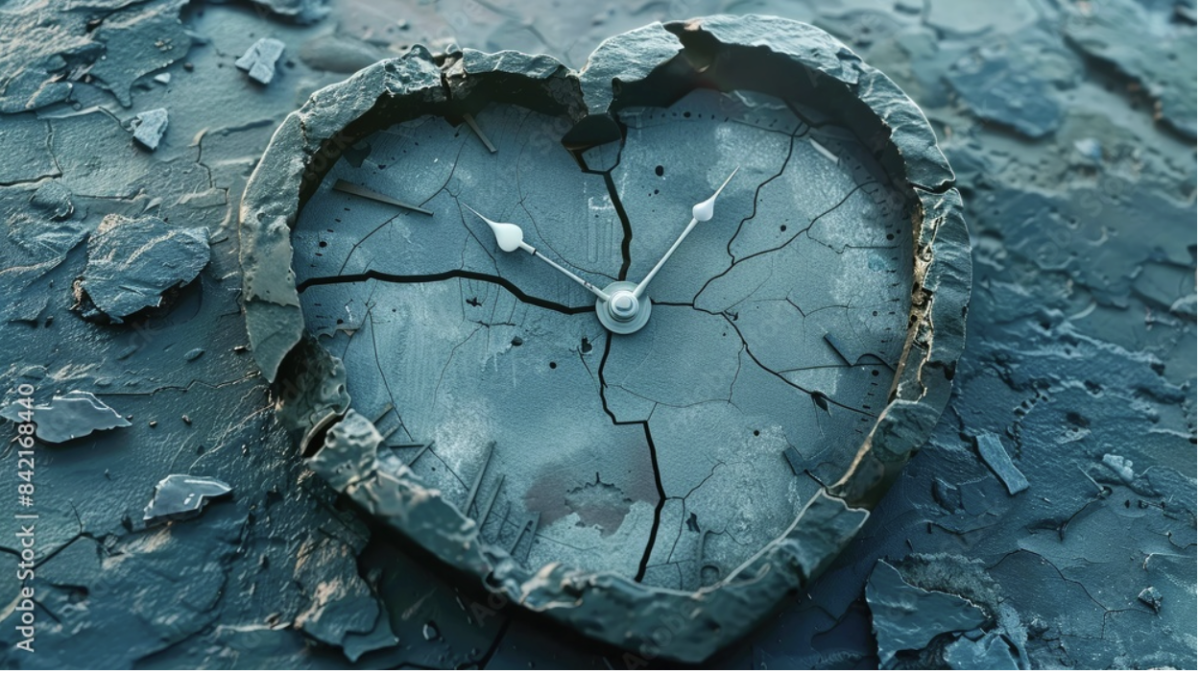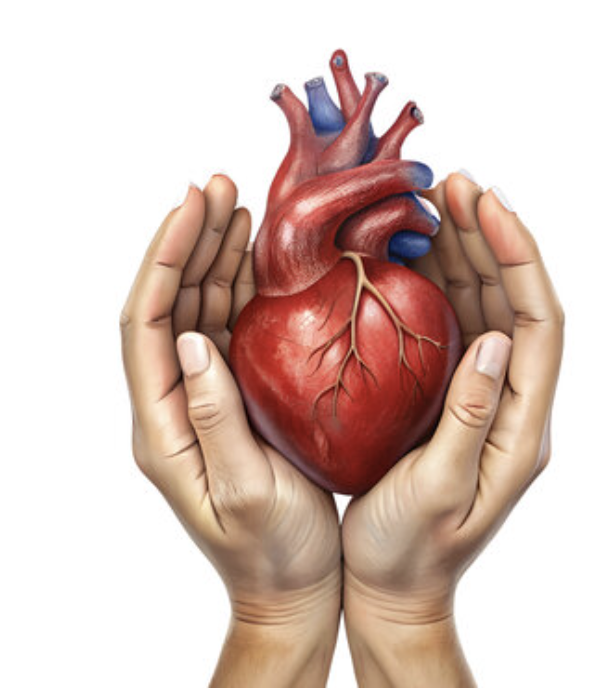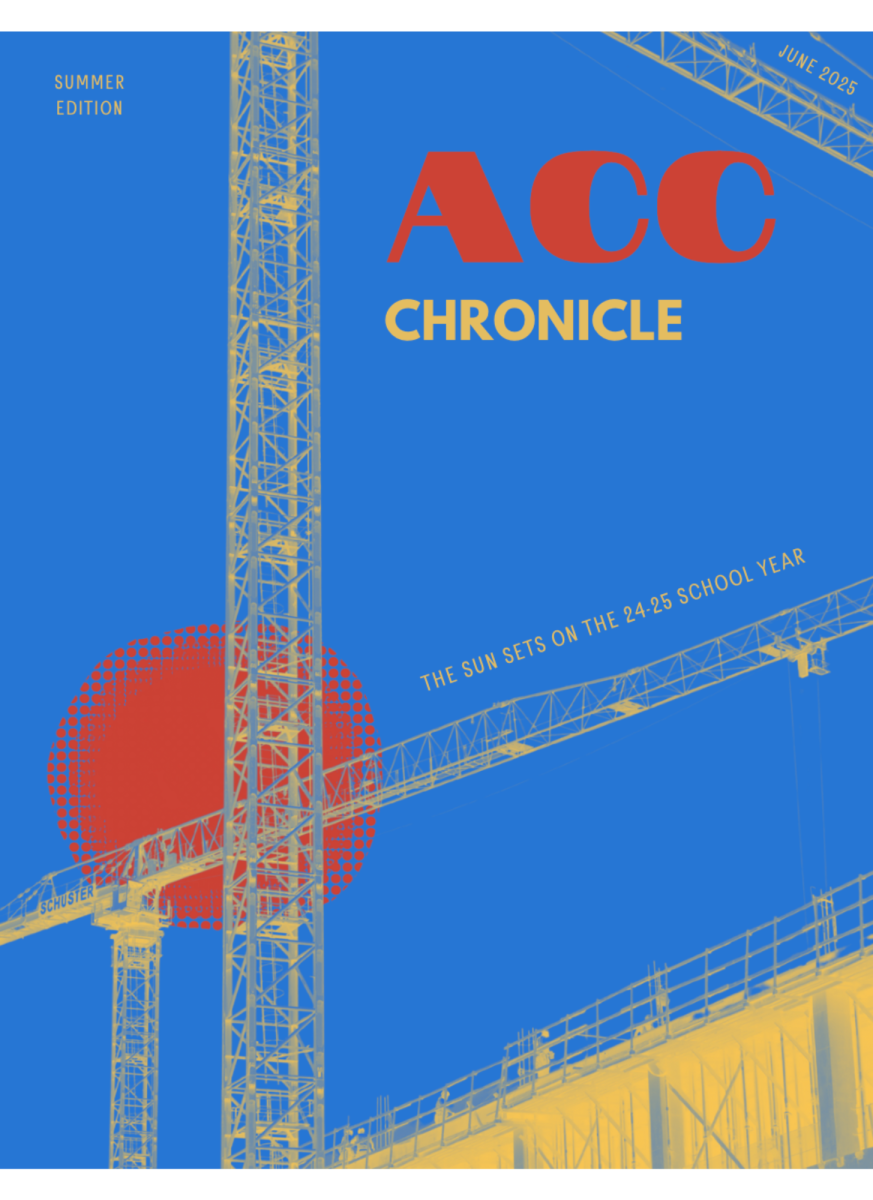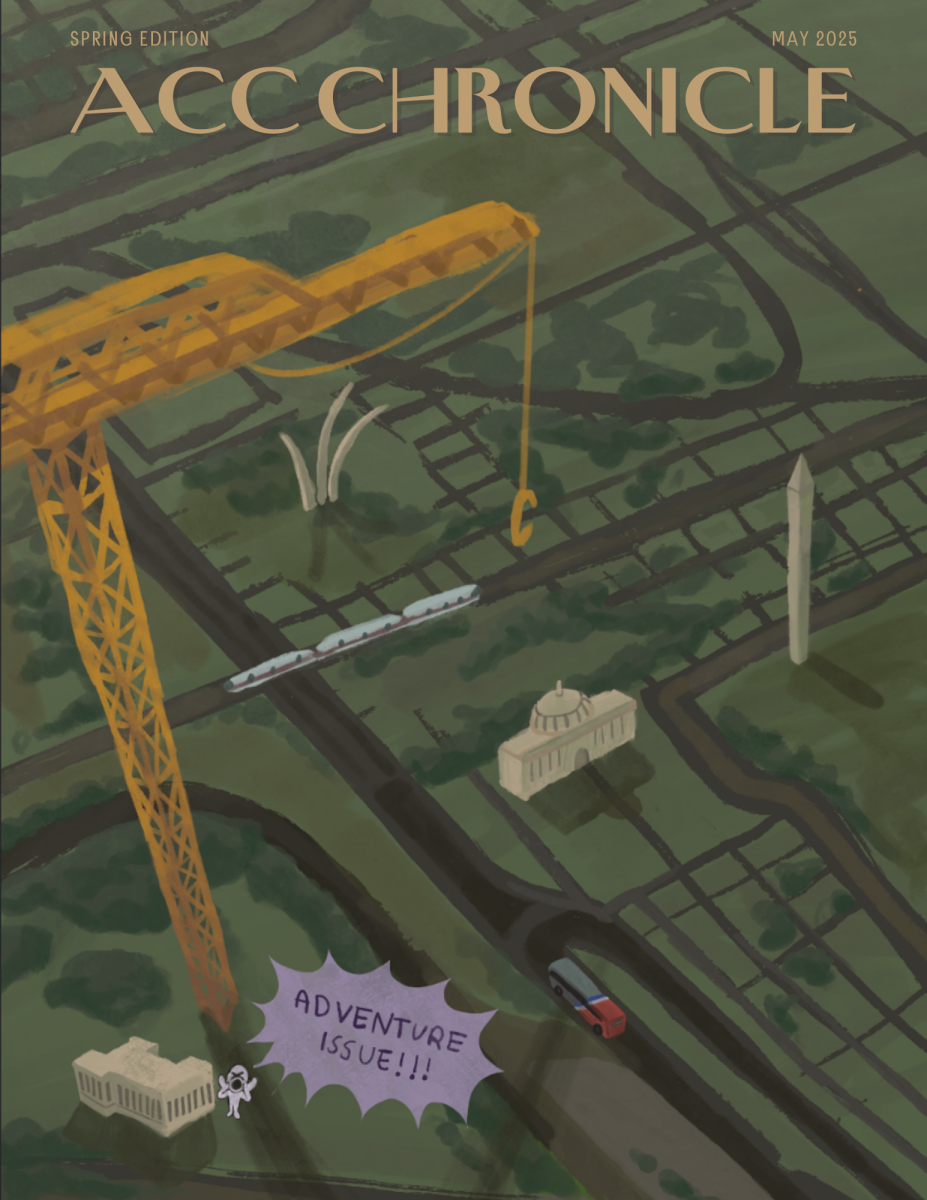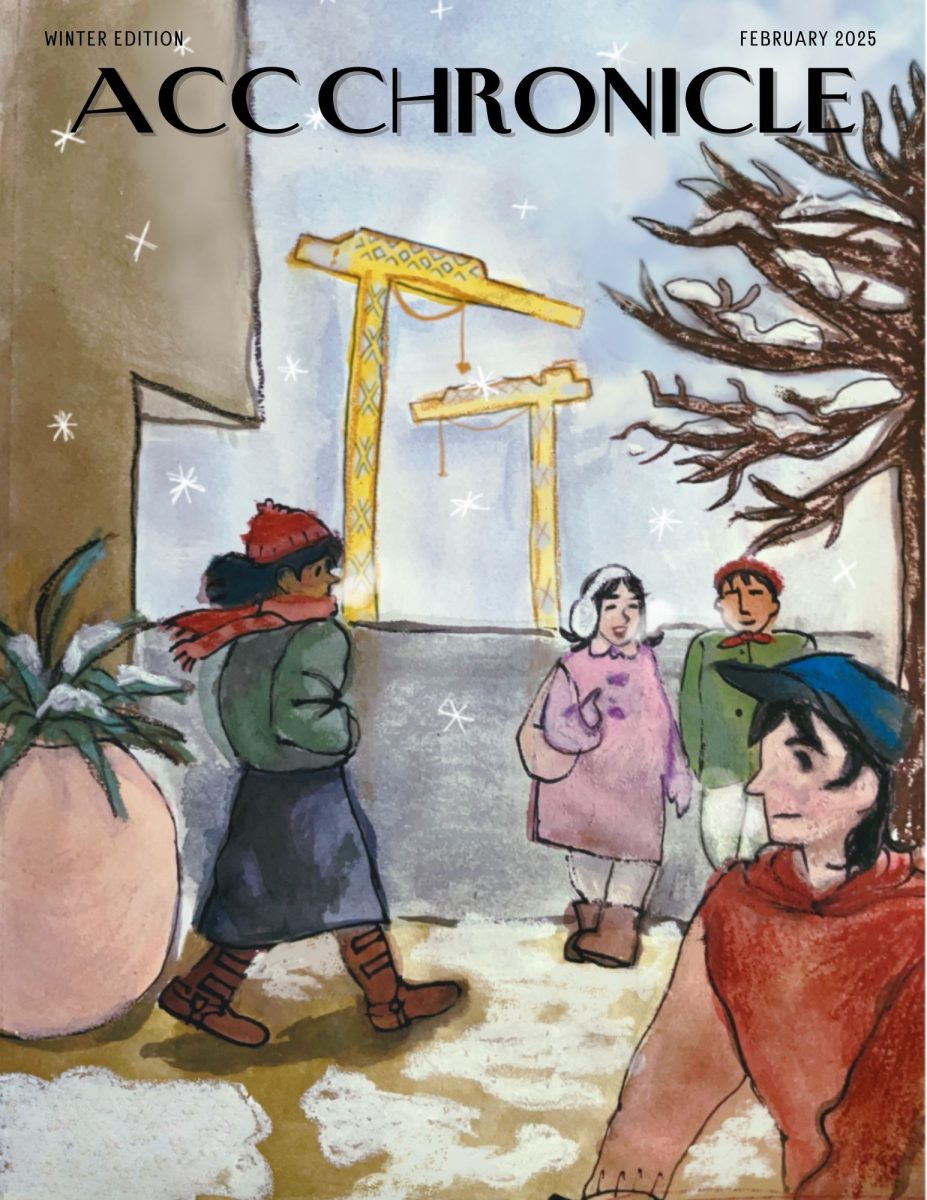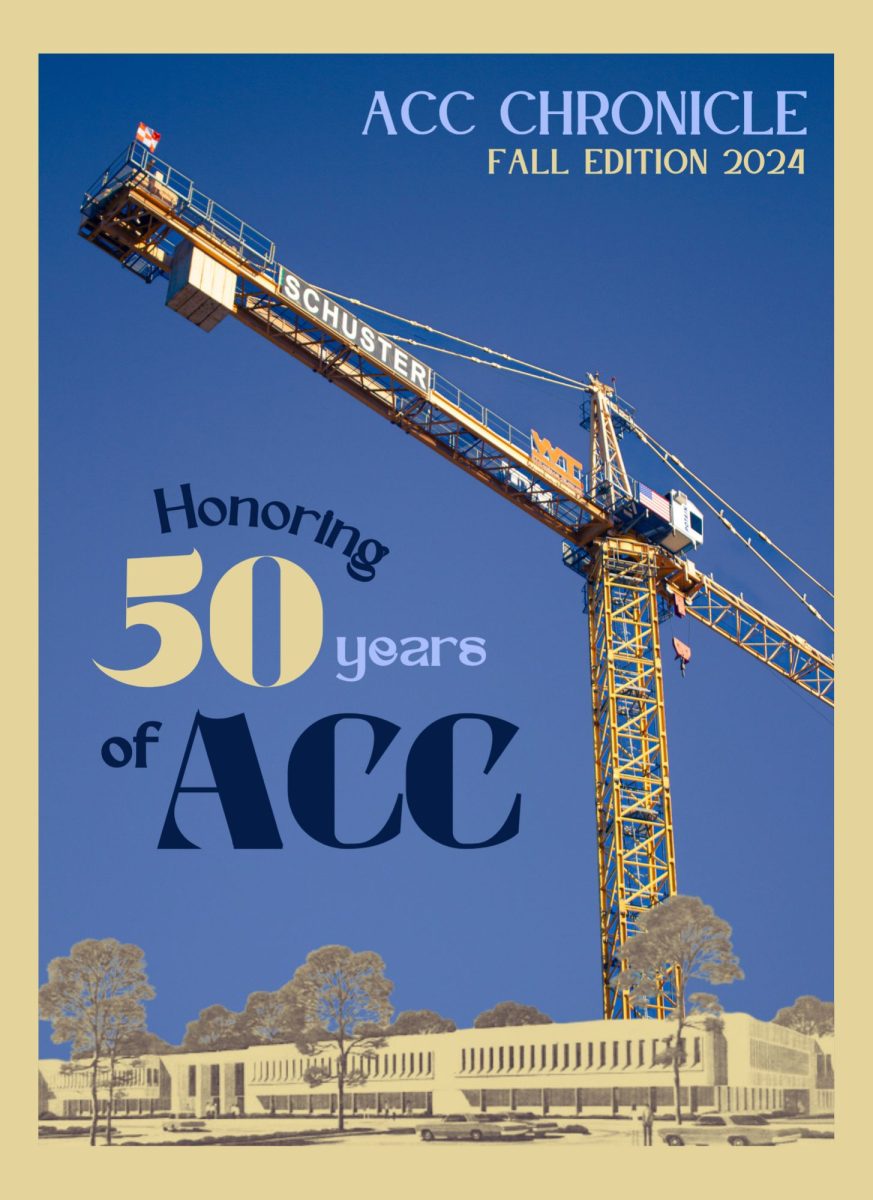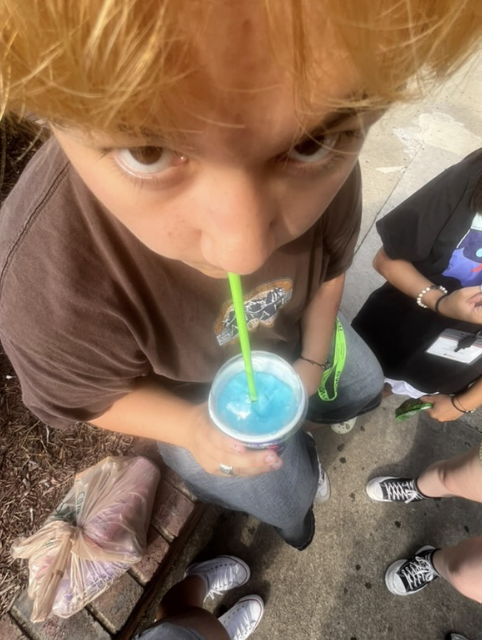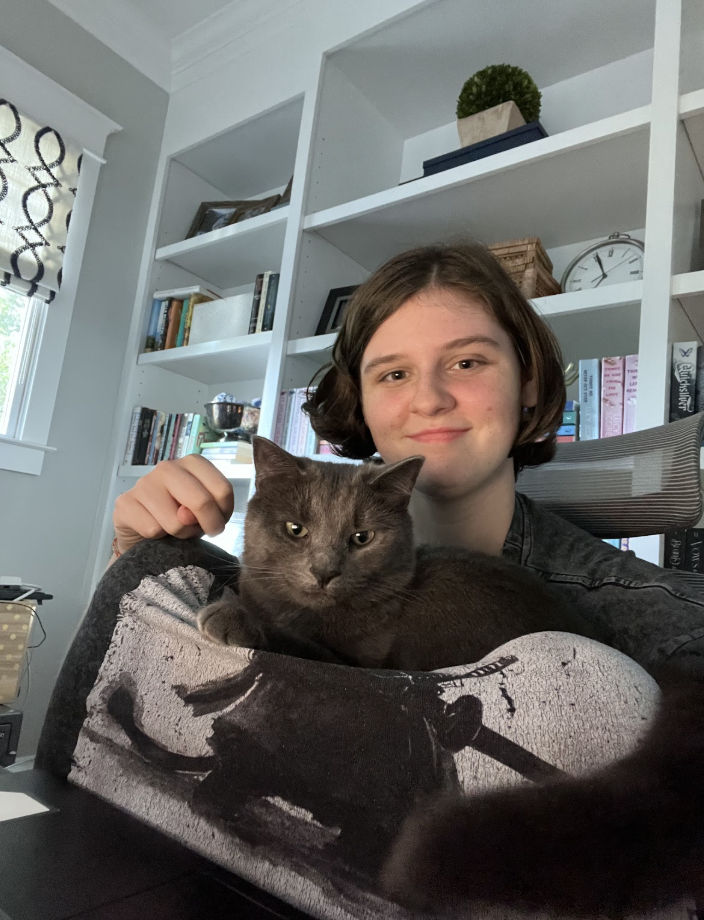Imagine yourself, one of many servants of the Egyptian pharaoh, Neferkare. You might spend your days doing laborious tasks for your executive, or possibly lounging in the servants quarters of the palace. Day after day you live this life, and next thing you know you’re a mummified pile of rotting flesh being gawked at by a horde of children. This is exactly what the real mummy at the Smithsonian Natural History Museum went through. Today you can visit him in the “Eternal Life in Ancient Egypt”, where his thoughtfully wrapped flesh and bones have been laying for the past fourteen years. Being this close to D.C. in our “Urban paradise”, we have the privilege of hopping on the metro and visiting any museum we’d like within twenty minutes. You may be wondering why or how they mummify bodies, especially those that aren’t royalty.
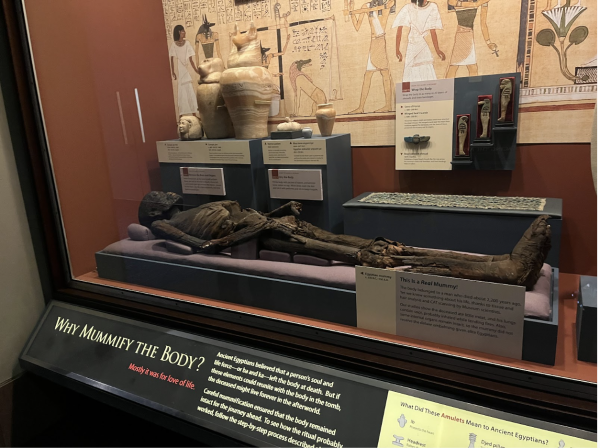 Not everyone was mummified, only royals, priests, and servants who were especially important. To begin this process they would dry the body by dousing it in salt and letting it marinate there for anywhere between 35-45 days. Once that step was done they removed important organs like the brain and heart to keep in the tomb with them in jars (you’ll find out why they did this later). Once everything was all dry and organs were removed, the body could be wrapped. They used a special gauze to carefully wrap each limb and part of the body until every bit of skin was covered. This was done not for today’s American horror movies, but to further preserve the body from natural forces. During the wrapping, small amulets would be wrapped in to ward off bad energy and bring good karma. These magic charms made of metal, clay, bone, glass, and even gemstones were only given to royals during burial. After all of this is done, they are given a coffin to be placed in their tomb.
Not everyone was mummified, only royals, priests, and servants who were especially important. To begin this process they would dry the body by dousing it in salt and letting it marinate there for anywhere between 35-45 days. Once that step was done they removed important organs like the brain and heart to keep in the tomb with them in jars (you’ll find out why they did this later). Once everything was all dry and organs were removed, the body could be wrapped. They used a special gauze to carefully wrap each limb and part of the body until every bit of skin was covered. This was done not for today’s American horror movies, but to further preserve the body from natural forces. During the wrapping, small amulets would be wrapped in to ward off bad energy and bring good karma. These magic charms made of metal, clay, bone, glass, and even gemstones were only given to royals during burial. After all of this is done, they are given a coffin to be placed in their tomb.
The reason they preserve the body and often leave them with their belongings and riches was because they believed that a person’s “Ba and Ka”, their soul and life force, escaped their body at the moment of death. In turn, leaving a preserved body in their tomb would allow the Ba and Ka to rejoice with its body and travel to the afterlife with all of its possessions.
Now that you have the background information of how all of this is done and why, we can move on to the question that drives this article, “Who was this person”. Only one’s imagination could truly allow them to peer into the life of this mummy and experience it for themselves. Without a name or pre-mummified picture, it is hard to comprehend the life of this man. As I did when I first laid eyes on the encaged pile of bones and decaying skin, you may ask yourself, What languages did he speak? How old was he when he died? How did he die? Did he have a family? Children? We may never know the answers to these questions, but because of archeologists and biologists from across the world, there are a few things we do have the privilege of quenching our curiosity to. Because of CAT scans and tissue/hair analysis we know that the mummy is male and did not eat very much meat if any at all. We also know that he spent most of his life tending to fires because of the state of his lungs and airways (That most likely had to be incorporated with his job).
We will probably never know the full extent of his life, but because of our advancements in technology we know a lot more than you would think. Many people believe that this mummy belongs in its tomb where it can be at peace eternally, but I would have never had this experience or have gotten to learn as much as I did without that exhibit. I think that obtaining knowledge is one of the most powerful things one can do, and without opportunities like this that wouldn’t be possible. All I can say is that I hope he is content knowing he taught me something new. So next time you have a free afternoon, catch a bus and head over to the National Mall. You might learn something new, or even make a new mummy friend.

